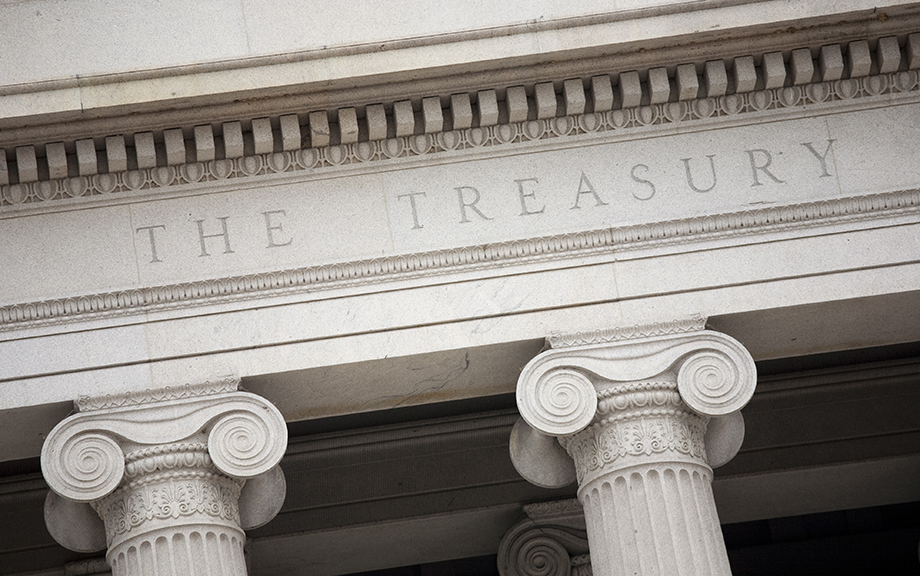The Bond Market Selloff in Historical Perspective

Treasury yields have risen sharply in recent months. The yield on the most recently issued ten-year note, for example, rose from 1.73 percent on March 4 to 3.48 percent on June 14, reaching its highest level since April 2011. Increasing yields result in realized or mark-to-market losses for fixed-income investors. In this post, we put these losses in historical perspective and investigate whether longer-term yield changes are better explained by expectations of higher short-term rates or by investors demanding greater compensation for holding Treasury securities.
The Rapidly Changing Nature of Japan’s Public Debt
Japan’s general government debt-to-GDP ratio is the highest of advanced economies, due in part to increased spending on social services for an aging population and a level of GDP that has not increased for two decades.
What Can We Learn from Prior Periods of Low Volatility?
Volatility, a measure of how much financial markets are fluctuating, has been near its record low in many asset classes.
The Private Premium in Public Bonds?
In a 2012 New York Fed study, Chenyang Wei and I find that interest rate spreads on publicly traded bonds issued by companies with privately traded equity are about 31 basis points higher on average than spreads on bonds issued by companies with publicly traded equity, even after controlling for risk and other factors.










 RSS Feed
RSS Feed Follow Liberty Street Economics
Follow Liberty Street Economics